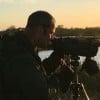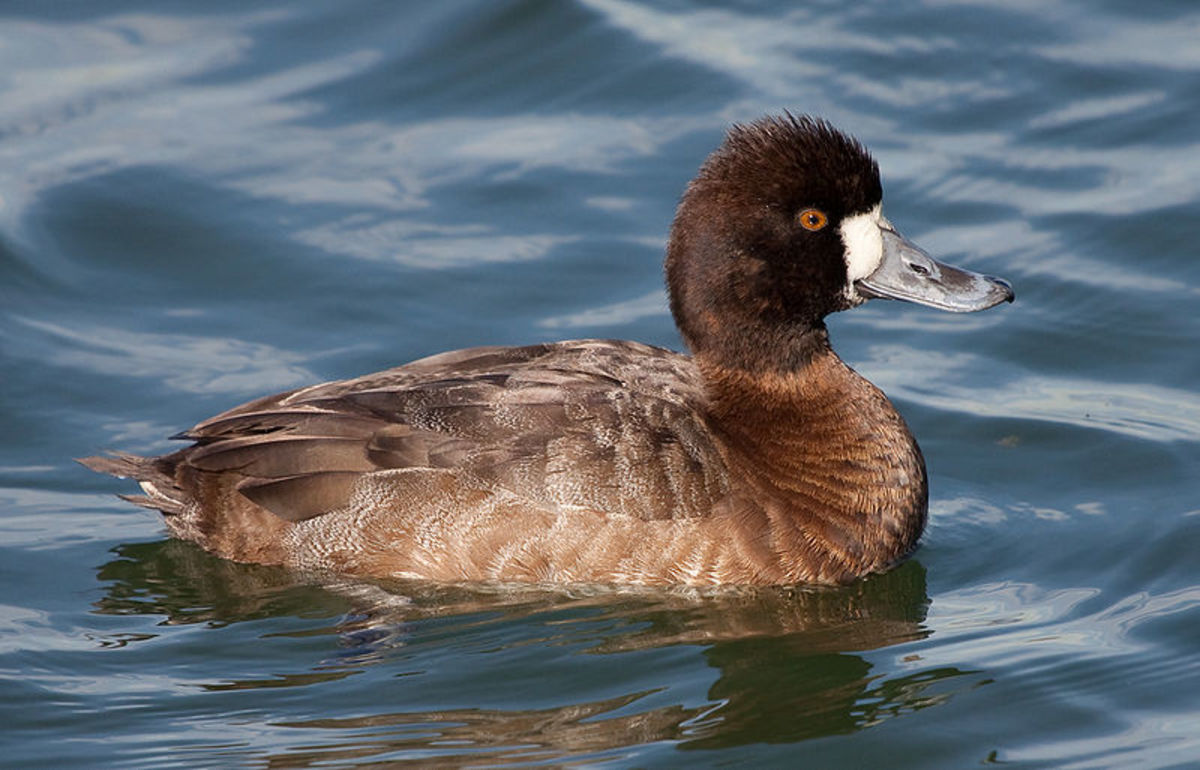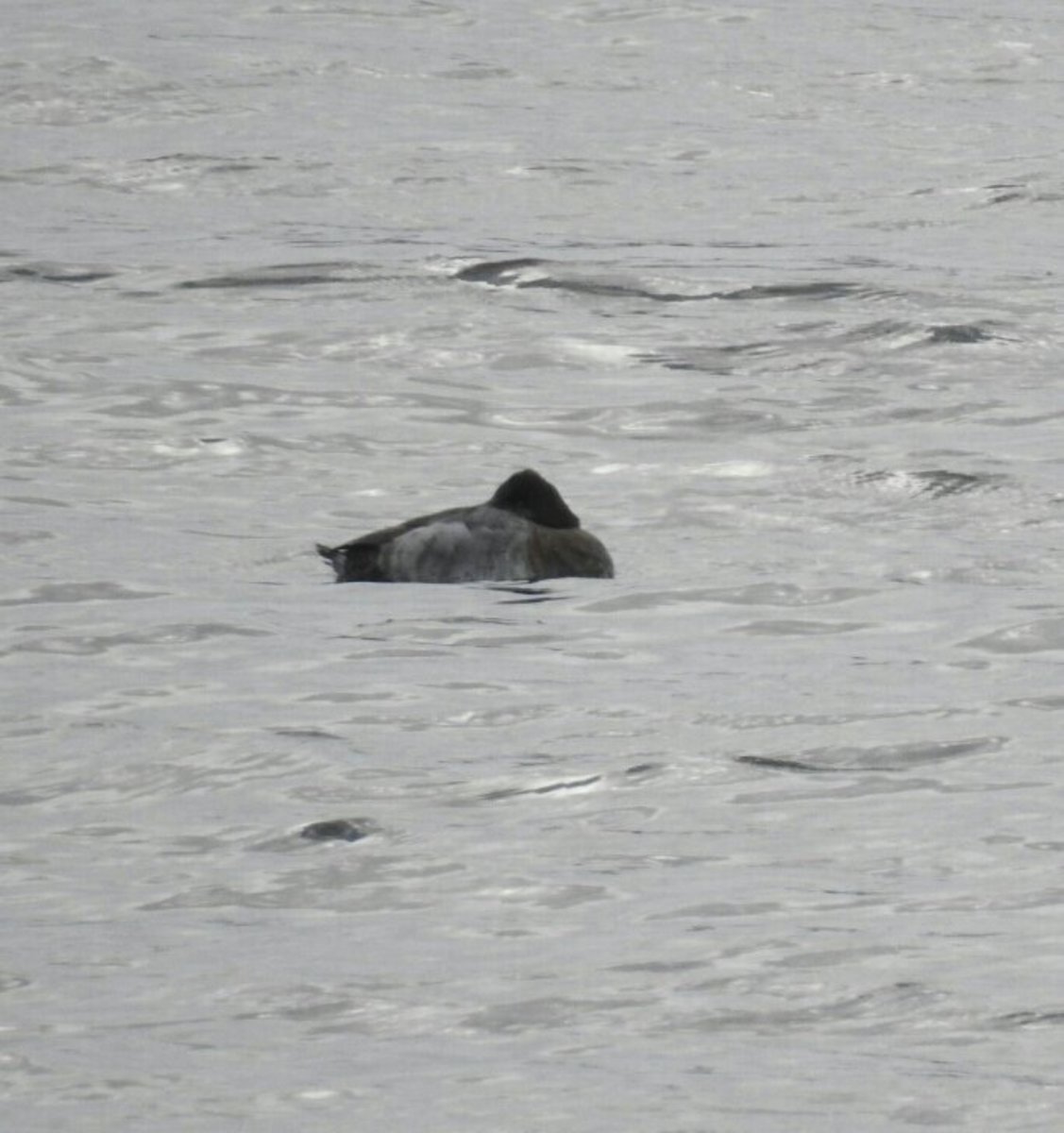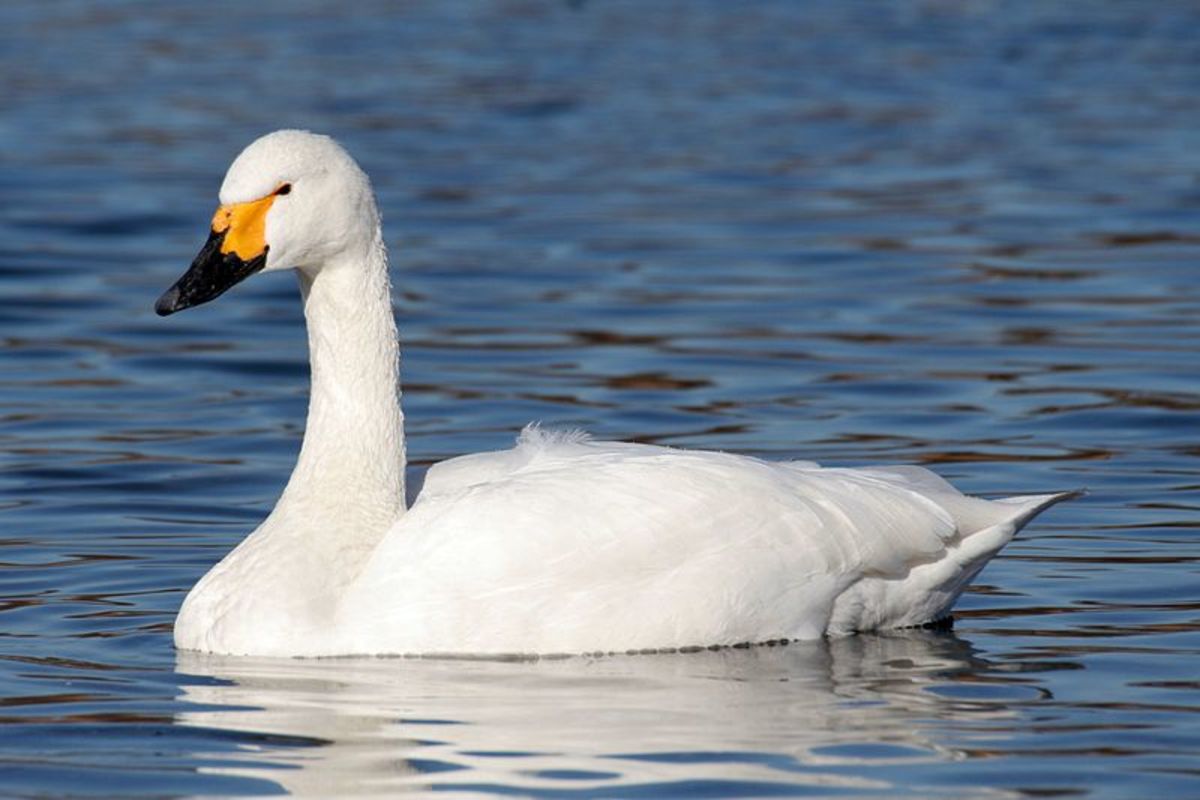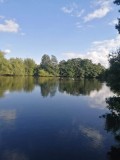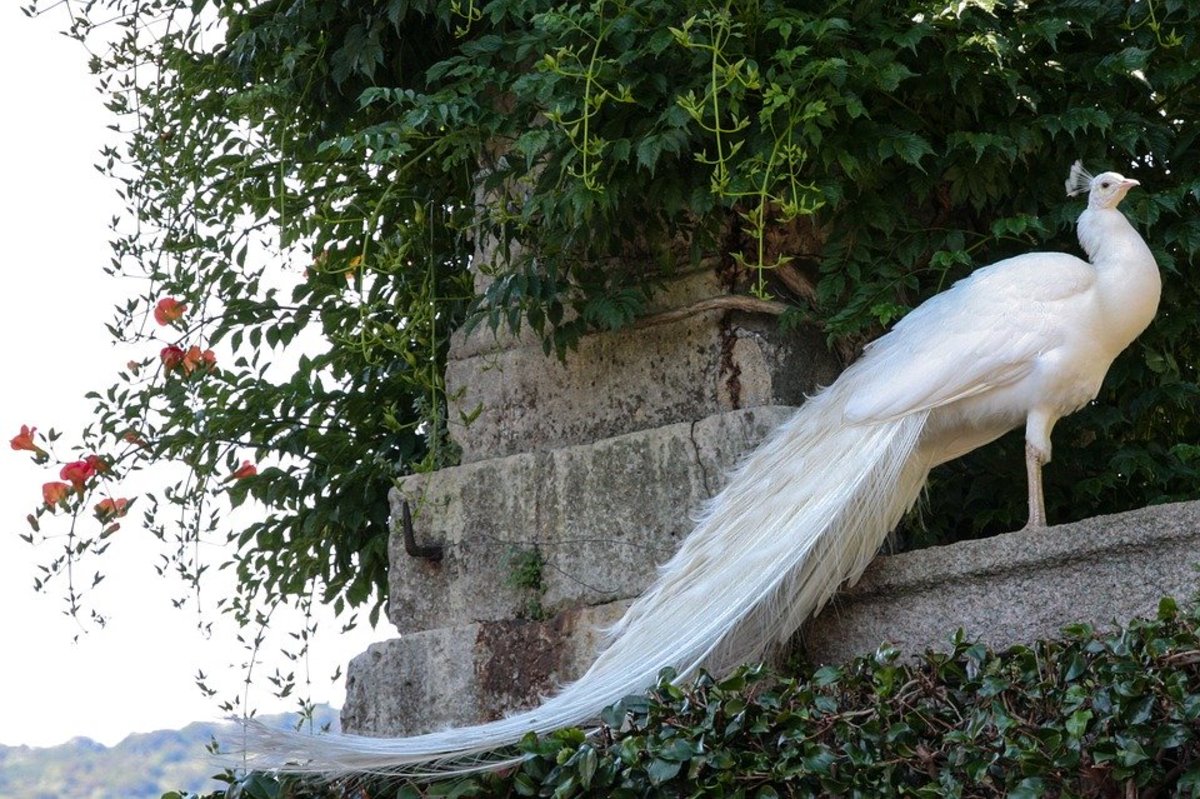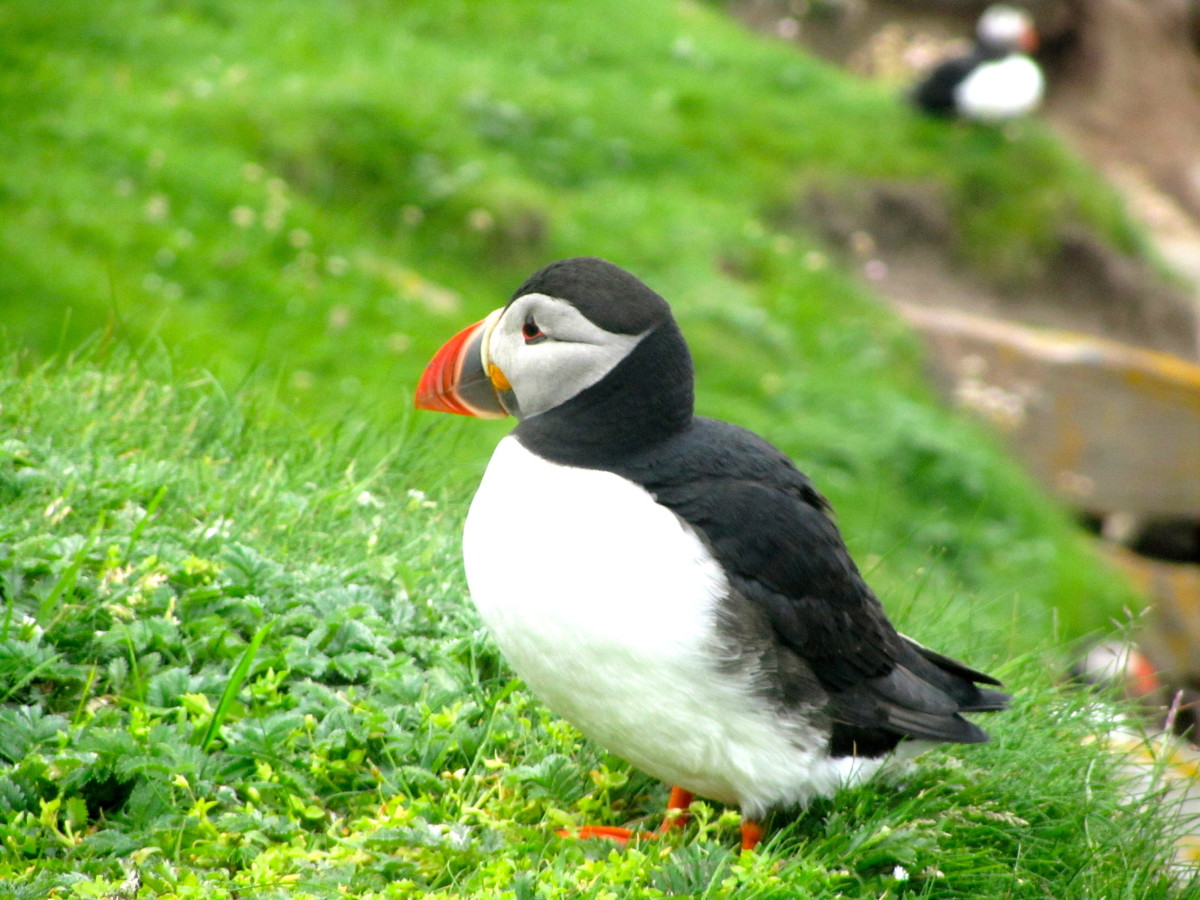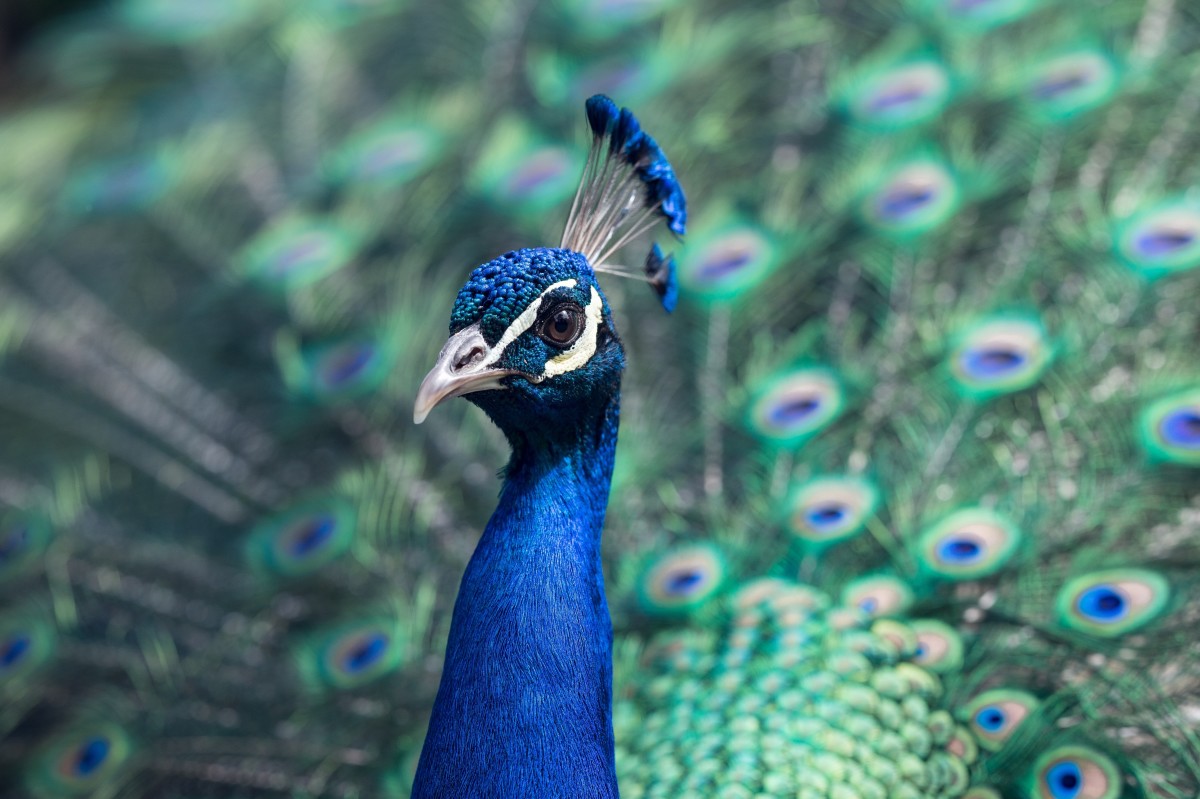Birding Trip Report: Elmdon Park, West Midlands Thursday 7th March 2019
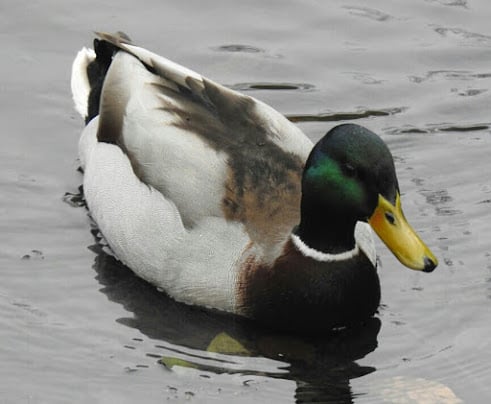
Let the Holiday Begin
At the start of 2019, I'd booked off a couple of days either side of my usual weekend off to give myself a nice comfortable week away from work. The weekend would be spent in Northumberland, but I decided that a nice gentle start to the holiday would be in good order. After treating myself to an extra half hour in bed, I made the barely ten minute car journey to Elmdon Park in Solihull. As is per usual I decided to drive south-east down the A45 towards Coventry before veering off at Birmingham Airport towards Solihull. From there I made my way down Damson Parkway, where on both sides I was greeted by an alarming scene of destruction. For as long as I can remember, both sides of the road had been flanked by thick hedgerow interspersed with trees such as Oak. Now they were gone forever, and I scrambled to think of why? I remember a few years ago reading that planning permission had been granted for the nearby Jaguar Land Rover plant to construct a new Logistics Warehouse on farmland directly adjacent to Elmdon Park. However, more recent reports have suggested that Land Rover are struggling financially, so surely the last thing they would want to do is build a gigantic warehouse at great cost. I had also heard rumours of potential property development on the same sight, so maybe it was that. Either way I was uncertain, but what I was certain of was that the destruction left me feeling sad at the loss of valuable wildlife habitat, and pondering over the future of my local patch.
Even so, at the same time I couldn't help but think 'well what can I possibly do about it?' So I simply pressed on and focussed my mind on birds. I drove up the Parkway, past the JLR plant, before then coming back on myself via a roundabout. After passing the JLR plant again, I nipped down a small single track bridleway, which leads right into the heart of Elmdon Park. I’d hoped to park in my usual lay-by right opposite Elmdon Manor Nature Reserve, but there were no spaces available, so I followed the road round to the left past St. Nicholas Church and parked in the car park.
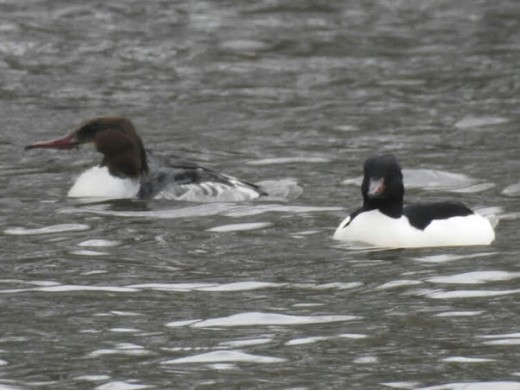
The Lake
I normally start any given visit to the patch with a wander around Elmdon Manor, but on this occasion, as I was slightly later than usual, I decided instead to walk down the hill from the car park to the lake. Its always best to complete a circuit of the lake, before it gets too busy. I rarely take the nice and comfortable tarmac path down the hill though; partly because being in full on birding mode meant that I was reluctant to stop and chat to people- although having Marley with me meant that inevitably somebody’s free roaming dog would come bounding up to us at some point. I also wanted to give myself the best chance of quickly ticking off the common birds, so I simply followed a trail that took me through a narrow band of woodland that stretched right down to the lakeside. Along the way, amongst the usual woodland characters, I caught sight of four green and very exotic looking birds- these were the resident Rose-ringed Parakeets, otherwise known as Ring-necked Parakeets. They were extremely noisy with their unmistakable high pitched squawking call adding a taste of Asia to the usual sounds of a British woodland.
Once down at the lakeside, I noted the usual gathering of Black-headed Gulls in the centre with Mallards either loafing or foraging in and around them. There were a fair few Common Moorhen present along with their cousins, Eurasian Coots, both of which were hurriedly making adjustments to their nests in preparation for the forthcoming breeding season. Also in among the Black-headed Gulls was a single Lesser Black-backed Gull. These birds are similar to the familiar European Herring Gull but are slightly smaller and slimmer with a slate grey back and yellow legs. They are a common sight throughout the year in town and cities across Britain, but numbers are bolstered by visiting birds during the winter. The final star birds on the lake were 5 Common Mergansers, known in Britain as Goosanders. They are a fairly regular sight during the winter months, and can often appear in rather surprising locations, particularly lakes in fairly urban surroundings. I noted 4 females with their unmistakable red-heads complete with a drooping crest. The males have all white bodies and a dark green head.
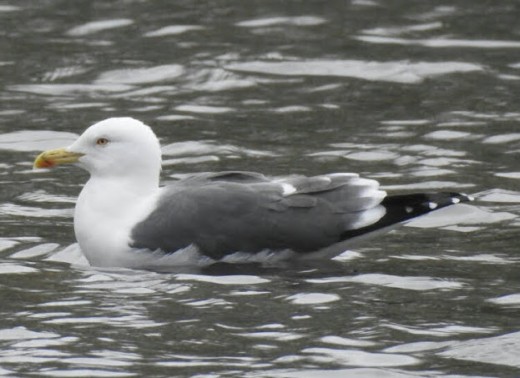
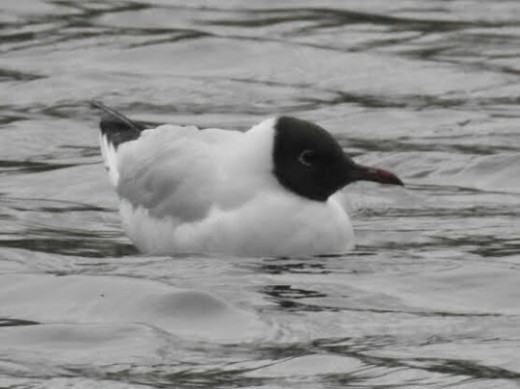
The Standoff
The undoubted highlight of my trip however, would come from an encounter between two of the park’s long standing residents. I’d walked Marley over a small bridge that crosses Hatchford Brook and into a patch of woodland that surrounds the western and southern shore of the lake. My attention was drawn to the island in the middle of the southern end of the lake. The island is the shared domain of the resident Mute Swan pair and the four flightless domestic Greylag Geese that strut around like Lords of the Manor. The Swans regularly nest at the northern end of the island, however the big male otherwise known as a Cob rarely tolerates any bird within close proximity of his nest. The female (Penn) was happily foraging on the far side of the lake, close to where a couple of people were loafing around. The four Greylags were simply minding their own business in their usual place; however, on this occasion the big male was in no mood for compromise.
I watched in fascination, as the huge male Mute Swan swam to the southern end of the island, clambered onto dry land and strode purposefully up to one of the Greylags that faced him down defiantly. The two huge birds hissed at each other in a scene that almost harked back to the Age of the Dinosaurs. In my mind's eye I imagined these two to be two huge carnivorous dinosaurs perhaps fighting over a kill or even a mate. The Greylag lowered its body in a manner that suggested it actually considered launching itself at its bigger adversary. The unperturbed Mute Swan however, simply stood his ground before aiming a peck at the Greylag. The plump goose shifted backwards to easily avoid the blow and hissed some more. Eventually, the big male Mute Swan seemed to lose interest and simply turned around and ambled away, leaving the Greylag to simply go about its daily business. I can honestly say its the first time I've ever seen Elmdon's resident Swan bested by any other bird, so it was a rare privilege to witness.
This content is accurate and true to the best of the author’s knowledge and is not meant to substitute for formal and individualized advice from a qualified professional.
© 2019 James Kenny
